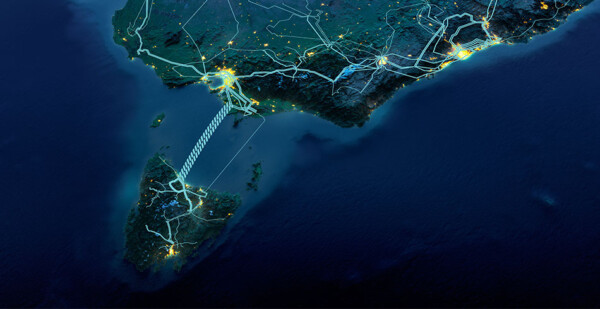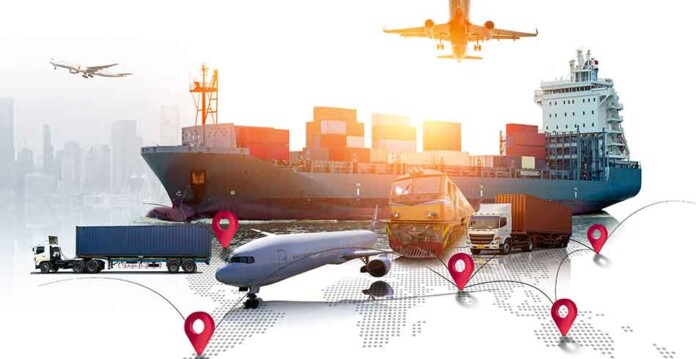Dr Andrew Barton, Director (Project Implementation) Australia-Asia Energy at Hatch
Australia’s reliance on offshore suppliers has left us at a great disadvantage when it comes to meeting green energy goals. With international suppliers prioritising projects in their own regions, wait times on crucial equipment for projects outside of those areas sits at two to five years and is expected to grow. As a result, project costs are escalating and delivery schedules are being extended.
Prime Minister Anthony Albanese’s recent Future Made in Australia Act and $1 billion pledge to support domestic advanced manufacturing and clean energy projects goes some way in alleviating the problem, but there is significant catch up to do.
Related article: Future Made in Australia Act to drive competitive renewables
The difference between Australian supply and access to materials in other countries
In contrast to Australia, developers of renewable projects in other countries receive significant sponsorship from their governments, giving them the funds to lock in their suppliers for many years ahead. In some countries, cable suppliers, for example, have been told by their own countries that they need to prioritise local supply. Those countries with manufacturing are at an advantage.
In contrast, Australian developers have not had the same government assistance or local manufacturing. This means a lot of private developers do not have the funds to lock in supply until they start construction and by then, wait times and costs have escalated. Typically, deposits are non-refundable and non-transferable. Developers might put down a 10% deposit to secure materials, then they wait and if the project changes or does not go ahead, they have lost that money.
Offshore wind farms and underground electricity transmission projects could be affected
In Europe, sanctions stemming from the conflict in Ukraine have accelerated the need for European countries to wean off gas. Respective European governments are funding the transition, locking away up to 10 years’ supply of high-voltage cables produced by local manufacturers—the same manufacturers supplying other countries, including Australia. The rest of the world will pay a huge premium to get in the queue and will still wait years for high-voltage cables, which are used for offshore wind farms and underground electricity transmission.
The Marinus Link, a proposed electricity and telecommunications interconnector between Tasmania and Victoria, is one such project that will require significant materials like high-voltage cables and interconnectors. It is a critical part of Australia’s new energy future, enabling low-cost, clean electricity to flow in both directions between the two states, storing excess energy in Tasmania’s hydro storage for use when demand is high. It is due to start in early 2025. The proposed SunCable AAPowerLink has the potential to support Australia’s ambition to become a renewable energy export superpower but it too is dependent on the supply of major power transmission equipment such as high-voltage cables.

Transformers are another area where there are supply issues—particularly high-capacity, high-voltage transformers that are made by few manufacturers. Whether it’s renewable energy zones or interconnectors between Victoria and NSW, these projects depend on transformers for their substations. The delay for transformers is about two years and getting longer. Only a year ago, the wait time was 18 months. A project could go through design and approvals and be ready to go, then you will wait years for critical equipment.
Countries that have manufacturing are at a huge advantage and we need to get Australia in that position too.
Regional and ‘smart’ manufacturing are an enormous opportunity
Some challenges can be eliminated by bringing the supply chain closer to home, giving Australian developers more control and security over essential equipment. For Australia, there are unique challenges in doing that, but they can be overcome.
Our industry is not big enough to justify the investment in manufacturing everything we need here. However, there is a huge opportunity in a collaboration between Australia and South-East Asian countries. If you can manufacture at a scale that supports projects in, for example, Indonesia, PNG, Singapore, Malaysia and the Philippines, you have a much bigger demand that justifies that investment.
Ramping up manufacturing of critical equipment and components in the South-East Asian region—through a partnership between Australia and countries in the region—will also circumvent the high cost of manufacturing in Australia due, in part, to our higher labour costs.
Australia itself could look to ‘smart’ manufacturing for some equipment and components—with a focus to maximise our natural advantages of raw materials supply chains, access to advanced technologies and a highly educated and qualified population. We must also be selective in what we produce—we can’t manufacture everything.
Related article: A glimpse at Australia’s hydrogen future
Understand the problem first, then diversify and localise
At the moment, Australia is dependent on international suppliers for our energy transition. If we understand the risks associated with that, we can develop strategies to mitigate them. Every time, those strategies come back to diversifying and localising supply.
Hatch is actively engaging in critical energy projects such as wind, solar and hydro power generation, high-voltage transmission systems, energy storage including BESS and pumped hydro, and sustainable fuels. All of these projects play a vital role in driving forward the green energy transition.
As experts in planning and executing energy projects, Hatch understands the critical importance of the supply chains that underpin the successful delivery of these projects. De-risking supply chains is a key focus area and we strongly support localisation initiatives to improve the security of supply to our Australian and regional projects.







